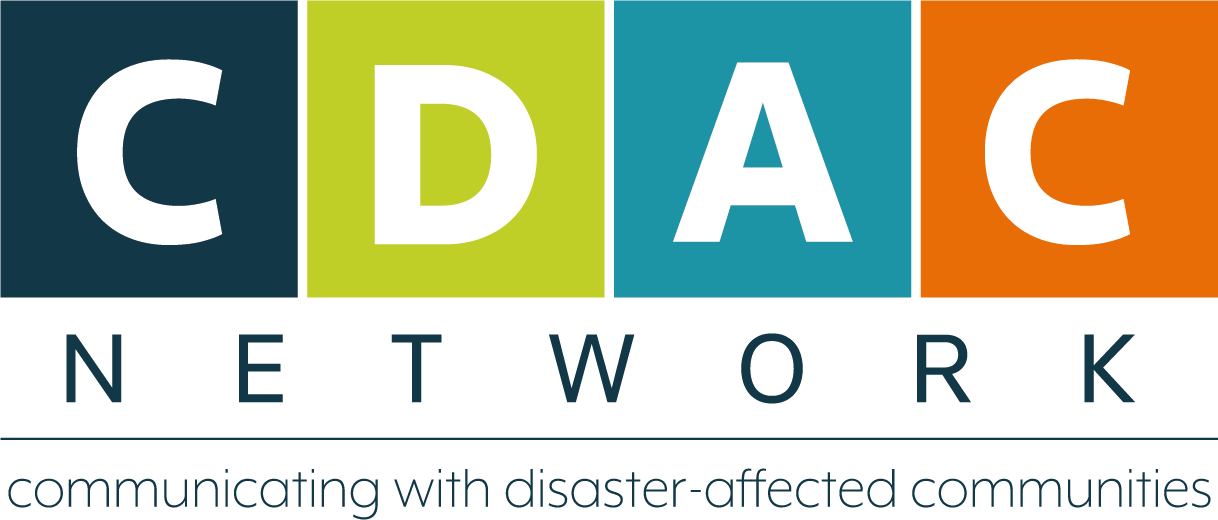Tipsheet: Joining online sessions safely
CDAC Network’s ‘Tipsheet for joining online sessions safely’ is a guide designed to help ensure participants' safety when taking part in online training sessions or meetings, especially in environments with security risks or surveillance. CDAC Network has developed this guide specifically for participants joining our online training and meetings for mutual aid groups, communities, or local actors based in conflict or insecure environments—but the steps can be used for most online training or meetings. You can see the steps below, or download the PDF.
Guidelines for participant safety during online training
This guide is designed to help ensure participants' safety when taking part in online training sessions, especially in environments with security risks or surveillance. CDAC Network has developed this guide specifically for participants joining our online training for mutual aid groups, communities, or local actors based in conflict or insecure environments.
Tips for joining online sessions and training safely
Use aliases or pseudonyms: Whenever there's a risk or when using a monitored public internet connection, it's preferable to use prearranged codes or pseudonyms agreed upon with the training coordinator.
Camera usage: Avoid enabling your camera during sessions. If it's necessary, use a "blurred background" feature.
Full name display: Disable the "display full name" feature on platforms when possible.
Geographic location: Do not fully disclose your geographical location details during the training. If sharing details about movements or local security situations is essential for the session, please send this information directly to the coordination team.
VPN usage: Use a reliable and proven VPN service like ProtonVPN or Windscribe.
Personal accounts: It's preferable not to use personal accounts (e.g., Gmail, Facebook) during sessions.
Software updates and security:
Regularly update your browser and all applications used.
Turn off the "share location" feature in your browser and any sharing applications.
Ensure you use a strong password for your computer or phone.
Post-session actions: Log off your device after the session ends and regularly delete your browsing history.
Content download: Do not download training content onto non-personal or shared devices.
Content sharing and recording: It is strictly prohibited to resend any training content, take screenshots, or record sessions.
Referring to parties: When discussing various groups or entities, use general descriptions (e.g., 'the controlling party', 'Organisation X') without mentioning direct names or specific terms like 'warring factions' or related sensitive classifications.
Suspected surveillance/danger: If you suspect surveillance or are under threat, end the session immediately. Send a notification to coordinators via the emergency channel.
Loss of participant connection: If a participant loses connection, avoid pressing for immediate contact. It's better to wait for the individual to reach out, so you don't inadvertently put them at risk.
Quick summary
Don't use your real name or turn on your camera if there's a risk.
Always use a VPN and access from an incognito browser.
Do not store or share any content after the training.
Do not mention your location or the names of parties involved in conflict during sessions.
If there is danger or suspicion of monitoring, leave the session immediately.
Remember: Your safety is more important than any training session. No participation is more valuable than preserving your life and security.
Concerned about digital security and good practice for actors and communities in insecure environments? Check out CDAC Network’s Digital security and hygiene tipsheet.



